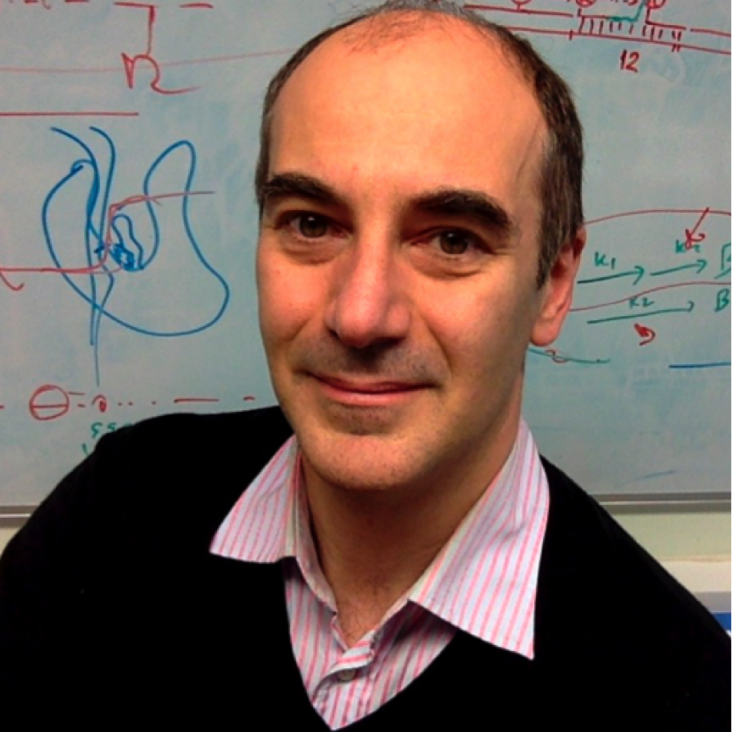Mechanisms of viral activators.
Cold Spring Harb Symp Quant Biol 63 (1998) 243-252
Abstract:
Adenovirus large E1A, Epstein-Barr virus Zebra, and herpes simplex virus VP16 were studied as models of animal cell transcriptional activators. Large E1A can activate transcription from a TATA box, a result that leads us to suggest that it interacts with a general transcription factor. Initial studies showed that large E1A binds directly to the TBP subunit of TFIID. However, analysis of multiple E1A and TBP mutants failed to support the significance of this in vitro interaction for the mechanism of activation. Recent studies to be reported elsewhere indicate that conserved region 3 of large E1A, which is required for its activation function, binds to one subunit of a multisubunit protein that stimulates in vitro transcription in response to large E1A and other activators. A method was developed for the rapid purification of TFIID approximately 25,000-fold to near homogeneity from a cell line engineered to express an epitope-tagged form of TBP. Purified TFIID contains 11 major TAFs ranging in mass from approximately 250 to 20 kD. Zta and VP16, but not large E1A, greatly stimulate the rate and extent of assembly of a TFIID-TFIIA complex on promoter DNA (DA complex). For VP16, this is a function of the carboxy-terminal activation subdomain. An excellent correlation was found between the ability of VP16C mutants to stimulate DA complex assembly and their ability to activate transcription in vivo. Consequently, for a subset of activation domains, DA complex assembly activity is an important component of the overall mechanism of activation.Correlation between Color Machine Vision and Colorimeter for Food Applications
ACS Symposium Series 631 (1996) 253-278
Abstract:
Color is an important food quality attribute and its evaluation is critical for food manufacturing, processing and storage. Conventional objective color measurements include colorimetry and spectrophotometry which have limited color sensing capabilities due to low spatial resolution. In contrast, color machine vision (CMV) offers a significantly higher spatial resolution that creates new opportunities for color quality control. We have demonstrated the feasibility of using CMV for color measurement of foods. The color image acquisition system was designed based on a performance model and evaluated against a Minolta Chroma Meter using several standard Macbeth color plates as well as processed beef and carrot samples. Excellent correlation existed for all systems studied (R>0.98). Strong correlations existed between measured external colors and pigment concentrations and the extent of processing in the food products (samples) used in this study. These results suggest that CMV can be used for both off-line and on-line color quality control in food industry.Measuring the color of food
CHEMTECH 26:3 (1996) 46-53
Novel Method for the Production of Color-Compatible Ferrous Sulfate-Fortified Simulated Rice through Extrusion
Journal of Agricultural and Food Chemistry American Chemical Society (ACS) 44:2 (1996) 522-525
Heating Cruciferous Vegetables Increases in Vitro Dialyzability of Intrinsic and Extrinsic Iron
Journal of Food Science Wiley 60:1 (1995) 128-131


